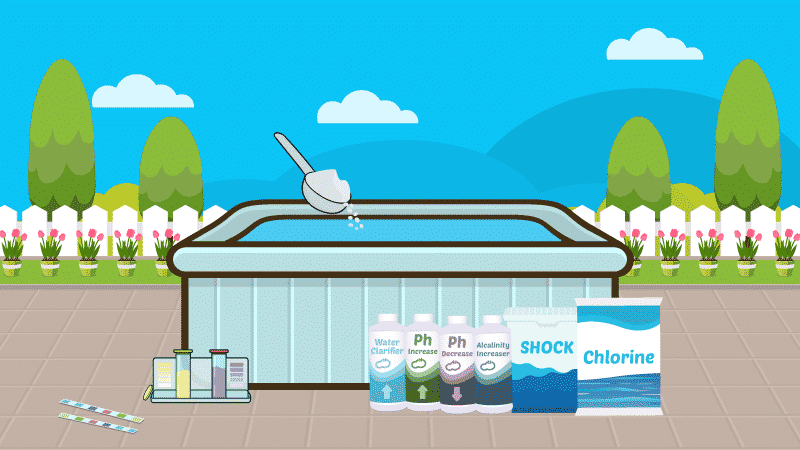Hard water is a common issue for spa and hot tub owners but so is soft water.
Reduce spa water hardness.
If your hot tub water is a little too soft it s not too terribly difficult to adjust with a calcium hardness increaser.
Calcium hardness in hot tubs must be maintained at 150 to 300 parts per million ppm.
Softened water such as tap water treated by a water softener will lower the hardness.
Just make sure you use strips that include total hardness.
You have three options.
A high level of calcium can make hot tub water feel hard the large amount of calcium also causes stains on a hot tub s walls and makes the water cloudy.
A little fancier and slightly more labor intensive than test strips but sometimes more accurate.
The main difference of course is the temperature spa water is most often set between 102 and 104 degrees fahrenheit while a pool stands typically at 82 degrees which also means that there s far more opportunity for bacteria growth in a spa.
All of that makes the hot tub far less pleasurable for you and your guests to use.
And by removing the calcium hardness from your spa water you can help protect important hot tub components like your jet pumps and heater that can be damaged if scale buildup occurs.
Accepted levels of water hardness for different pool types.
Reducing the water s hardness requires lowering its calcium level.
Fill a portion of the pool water capacity with softened water or order water to be delivered by a truck.
Over time the water will become cloudy and the excess amount of dissolved particles in the hot tub will cause the water to scale in and around your equipment possibly clogging and blocking the flow of water in and out of the hot tub which can damage your hot tub equipment.
If the calcium in the tub is high it can cause cloudy pool water and scaling formations on the walls and fixtures.
How to test for calcium in a hot tub.
When you remove the calcium hardness from your water your spa water feels silky soft on your skin.
Read the instructions to find out how much you should add for your particular hot tub and start with the smallest recommended amount.
Just don t go crazy.
How to lower calcium hardness in your hot tub there is really only.
It s really as simple as adding a little calcium to the water.
Plus hot water opens pores making bathers much more susceptible to skin infections.
A plaster pool is easily affected by even lower levels of water hardness so they must be filled with water with 180 220 ppm hardness.
There are two ways to lower calcium hardness in hot tubs to meet the ideal range.
If you live in one of the purple blue or white areas on the map add a calcium hardness increaser to your spa or hot tub each time you fill with new water.
You can also enjoy spa water that lasts longer so you can go a longer amount of time between drain and refills.
Again ensure the kit tests for calcium or total hardness.

